My home is my castle (extract)
Andreas Schlaegel
In Marie Zolamian’s work, one can trace elements of these questions, in particular when observing the intimacy of her small-scale and highly personal drawings and paintings. On one level, when she places found images as well as drawings by children next to her own, she blurs the division of whose hand executed exactly what, putting her authority on hold. The result of this however, is a larger narrative that encompasses her own surroundings, her way of moving on the street, the people she meets and the images she sees in books. It’s as if by exhibiting her drawings, which are not perfect renditions but often hastily executed or dreamily doodled and vague sketches, she opens up a castle of her own. This positions her as a representative of the authoritative institution of «the artist», and as such an inhabitant of the academic yet powerless proverbial ivory tower.
Displayed not on a wall, but on a table, side-by-side with many other seemingly disparate drawings, cut-outs and paintings, the works map a narrative that is loose and tight at the same time. In this narrative the individual lines can hardly be regarded as woven to a complete and linear or conclusive whole. The individual works, in both their similarities and oppositions, suggest a structure of lightly intertwined or slightly overlapping interests that center on concepts of belonging, social relations, common ground and maybe a sense of community. Even formally, hardly a drawing is found on these tables that does not look as if it was torn out of a larger sheet or book. Positioned next to each other, the motifs appear to be struggling with the viewer’s desire to read them in a coherent way, while also presenting a kind of atlas or encyclopedia assembled from idiosyncratic artistic research. The works are displayed with an artistic sensibility that communicates a sense of frailty, of dislocation and fragmentation, but also with a longing for an idea of home.
Checksi : Term used by Mazin (in Les cracs des chevaliers), when the « guides » of the Castle of Abwein are around a well and talk about « checksi » in the well, the reason why it had to be plugged. This term does not exist in the Arabic language nor in the dialect of Abwein.
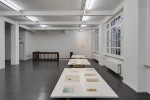
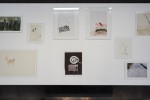
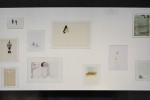
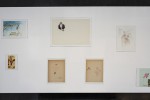
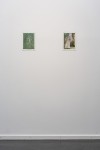
.jpg)
.jpg)
.jpg)
.jpg)
.jpg)
.jpg)
.jpg)
.jpg)
.jpg)
.jpg)
.jpg)
.jpg)
.jpg)